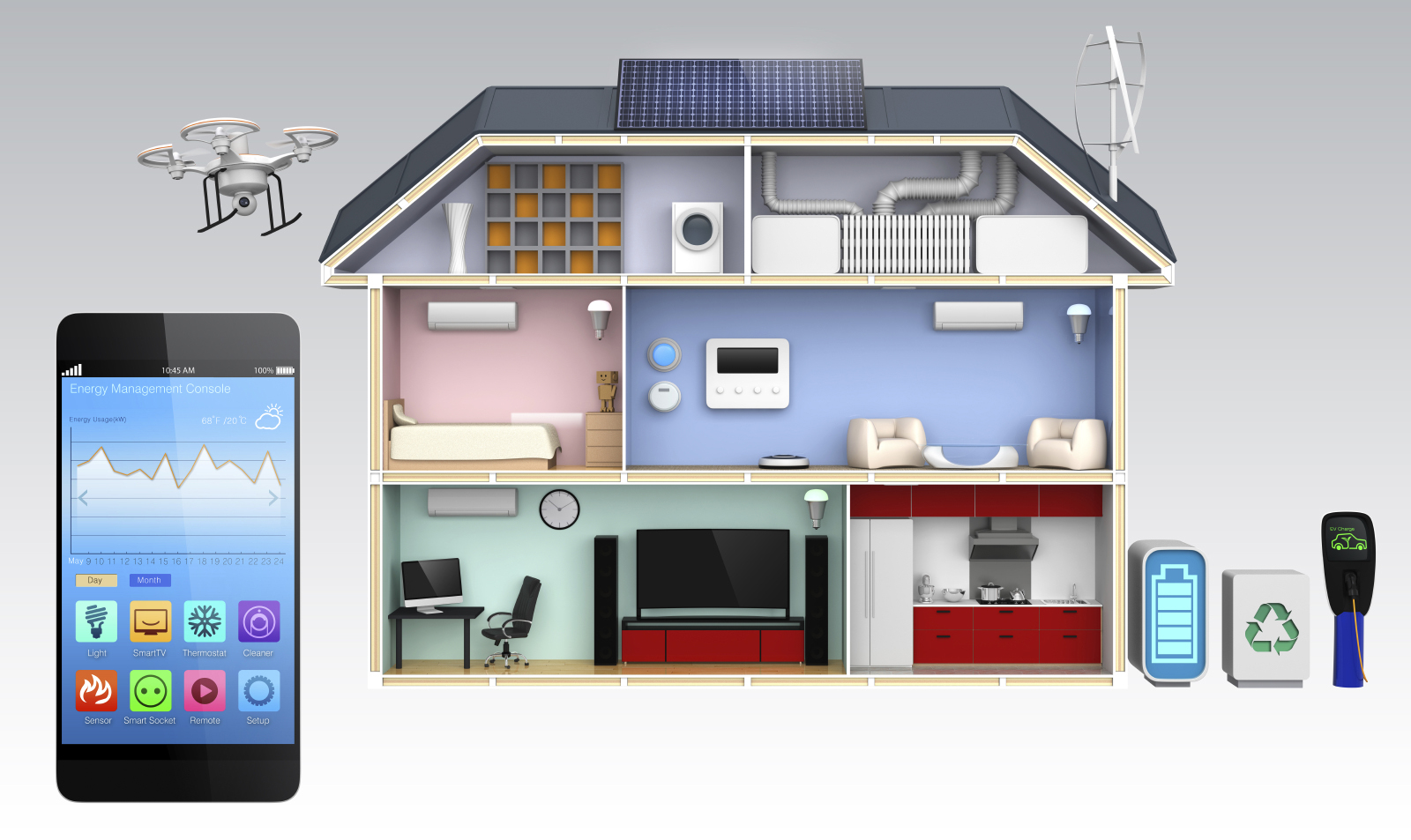Zigbee 3.0 Released
 Zigbee rolled out their latest revision late last year: 3.0. I sat with Zigbee Alliance CEO Tobin Richardson right as he had arrived back in country from Europe. Alas, I didn’t manage to find a way to turn any jet lag to my advantage. (Gotta work on that…) He summed up the main contribution that this new revision brings: unification of all the profiles. The intent … Read More → "Zigbee 3.0 Released"
Zigbee rolled out their latest revision late last year: 3.0. I sat with Zigbee Alliance CEO Tobin Richardson right as he had arrived back in country from Europe. Alas, I didn’t manage to find a way to turn any jet lag to my advantage. (Gotta work on that…) He summed up the main contribution that this new revision brings: unification of all the profiles. The intent … Read More → "Zigbee 3.0 Released"


 This one is for those of you that are interested in language. Our industry tends to take a lot of liberties with language (largely, I think, because we’re engineering majors, not English majors, and we fired all the literate production people years ago when we learned how to use Word.)
This one is for those of you that are interested in language. Our industry tends to take a lot of liberties with language (largely, I think, because we’re engineering majors, not English majors, and we fired all the literate production people years ago when we learned how to use Word.)
 November would appear to be Conference Month.
November would appear to be Conference Month.